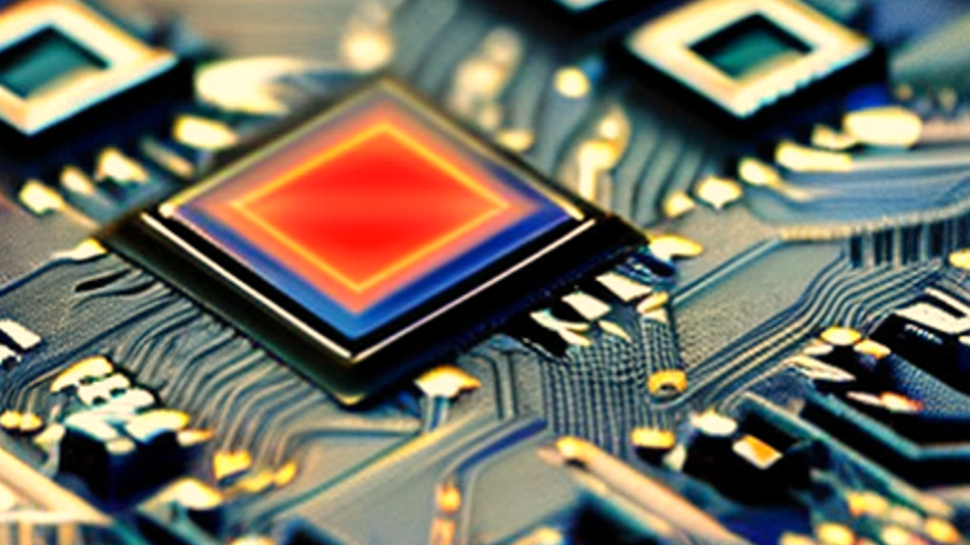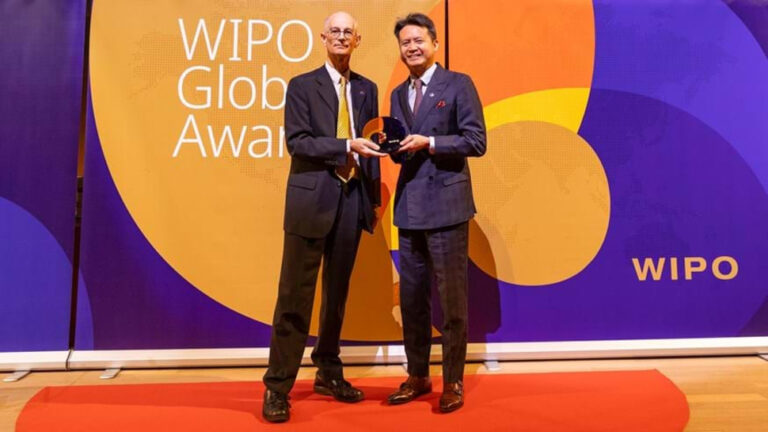VISIR2 aims to develop a novel dual-band solid-state imager prototype. The technology covers both the visible (VIS) and short-wave infrared (SWIR) spectral ranges with a single sensor, allowing for easy discrimination between the two bands. The project seeks to overcome the limitations of current VIS- SWIR imagers, which are expensive and not compatible with silicon-based read-out circuitry.
The VISIR2 sensor is particularly significant for applications in the automotive industry, including enhanced night vision, vision through fog, and monitoring road conditions. Beyond automotive uses, the sensor’s ability to distinguish between different materials, such as plastics, and detect phenomena like wildfires, highlights its potential in environmental conservation and recycling.
The consortium is coordinated by EYE4NIR, a spinoff company of the Politecnico di Milano, in partnership with Idneo, IHP and Imasenic, and its goal is to translate laboratory technology into a commercially viable product, overcoming the challenges of industrial-scale production and integrating the sensor into everyday devices.
Get to know more about it in this interview featuring Andrea Ballabio, coordinator of VISIR2.
What is your personal and career journey so far?
I did my PhD in Polytechnical de Milano studying semiconductor materials for optoelectronic devices in order to be able to detect visible and short-wave infrared light. I then moved to funding my own company based on a technology that was developed back in the research days. And now I’m the CEO of EYE4NIR, which is a spinoff company of Polytechnical de Milano, and an Italian startup.
What is the project about? And which partners are involved?
The project VISIR2 aims to develop an image sensor that is capable of seeing visible light as standard cameras that we have in our everyday life, but also short-wave infrared which is a part of the electromagnetic spectrum that is invisible to our eyes, but that delivers interesting information, related to the material and application in our life. The partners of the project are: EYE4NIR, a startup from Italy; IMASENIC, a small and medium enterprise from Spain; IHP, which is a research institute from Germany, and IDNEO, which is an engineering company from Spain.
What challenges have you faced so far?
The major challenges related to the development of our technology are intrinsically the transferring of the technology from a lab scale to an industrial environment. We need to cope with all the requirements that the industry has in terms of production of the device, and therefore we need to manipulate the physical properties of the materials to design proper electronics to be able to have a working device.
How would you explain the potential implications of this breakthrough to a non-scientific audience?
As a standard image sensor, our technology will be able to be implemented in many different applications. We have cameras in our smartphones, our laptops, our cars, but also in the fridge nowadays. With our technology, short-wave infrared imaging can be implemented in many different applications as well. Therefore, we can exploit the capabilities of short-wave infrared light to detect different materials or to exploit night vision, for example, for all the applications that nowadays cannot be exploited since there is no widespread technology able to see short-wave infrared light.
How do you think society will benefit from this project?
Our technology can be implemented in many different applications that are not even foreseeable nowadays just because no one is studying the properties of imaging in short-wave infrared light because there are no cheap and commercial technologies able to be implemented in the application. Just think, for example, a night vision or vision through fog with a commercial short-wave infrared sensor cars will be able to see better the environment around them increasing the security of the driver or also related to plastic recognition, we will be able to see and discriminate plastics in a better and cheapest way in order to reduce the pollutants even in natural environments.
For more information
Visit the VISIR2 project site.


